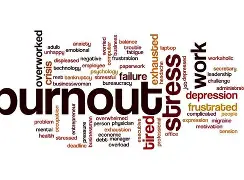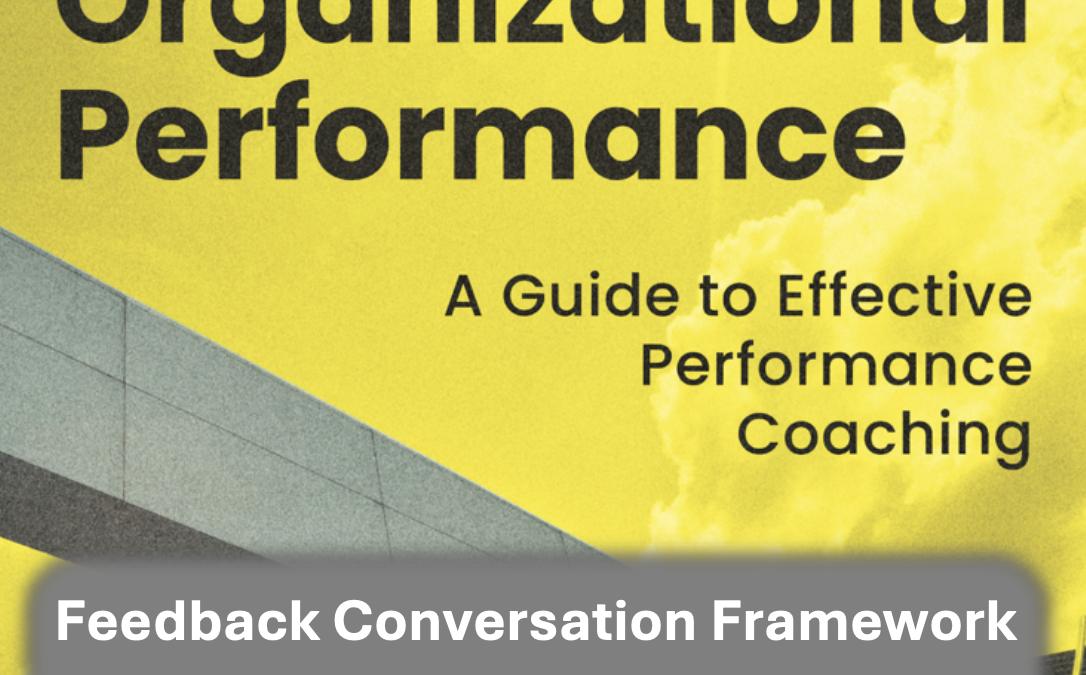The Hidden Cost of Performance Gaps: Why Ignoring Them Is No Longer an Option

What’s the real price of underperformance in your organization? It’s likely more than you think.
For HR decision-makers and business leaders, underperformance can feel like an abstract issue—difficult to measure, yet undeniably present. We notice it in missed deadlines, high turnover rates, and disengaged employees. But what if I told you that underperformance isn’t just a silent drain on resources—it’s a visible, solvable challenge that could be costing your organization millions?
The Ripple Effect of Performance Gaps
Performance gaps rarely exist in isolation. When one team member struggles, it creates a domino effect:
- Lower morale: High performers often feel frustrated when their efforts are diluted by an underperforming colleague.
- Missed opportunities: Slow execution or subpar quality can cost you market share or critical partnerships.
- Increased turnover: Employees working in a misaligned environment are more likely to leave, taking their skills and institutional knowledge with them.
These gaps don’t just impact the individuals involved—they disrupt entire systems, making it harder for the organization to function as a cohesive unit.
Identifying the Hidden Costs
Consider these critical areas where performance gaps quietly accrue costs:
- Productivity Drain
When an employee underperforms, others are often forced to compensate. This creates a cycle of burnout and reduced efficiency across the team. - Talent Management Challenges
Hiring replacements for disengaged employees isn’t cheap. According to industry estimates, the cost of replacing a single employee can range from 50% to 200% of their annual salary. - Reputation Risk
If underperformance leaks into client-facing roles or public deliverables, it can harm your brand’s credibility, which is far harder to rebuild than it is to sustain.
Why We Ignore Performance Gaps
Let’s be honest—addressing underperformance is uncomfortable. It involves:
- Difficult conversations.
- Re-examining systems that may inadvertently enable the issue.
- Acknowledging that leadership plays a role in shaping team outcomes.
Yet avoidance comes at a higher cost. Every day you delay addressing a performance gap, the financial and cultural damage compounds.
From Problem to Progress: A Coaching-Driven Solution
The good news? Performance gaps aren’t a failure—they’re a signal. They highlight where you can unlock untapped potential through targeted interventions.
Here’s how a coaching approach can shift the narrative:
- Reframe Conversations
Instead of focusing solely on what’s wrong, coaching opens up a dialogue about goals, strengths, and areas for growth. Employees are more likely to feel empowered, not attacked. - Develop Individualized Plans
Coaching isn’t about one-size-fits-all solutions. It’s about understanding the unique drivers behind each individual’s performance and aligning them with the organization’s objectives. - Measure and Adjust
Progress isn’t linear, and that’s okay. Regular check-ins ensure that development plans remain relevant and effective.
A Call to Action
Performance gaps are inevitable, but they don’t have to be permanent. As HR leaders and business decision-makers, you have the tools to turn these challenges into opportunities. The question is: Are you ready to stop managing symptoms and start solving root causes?


